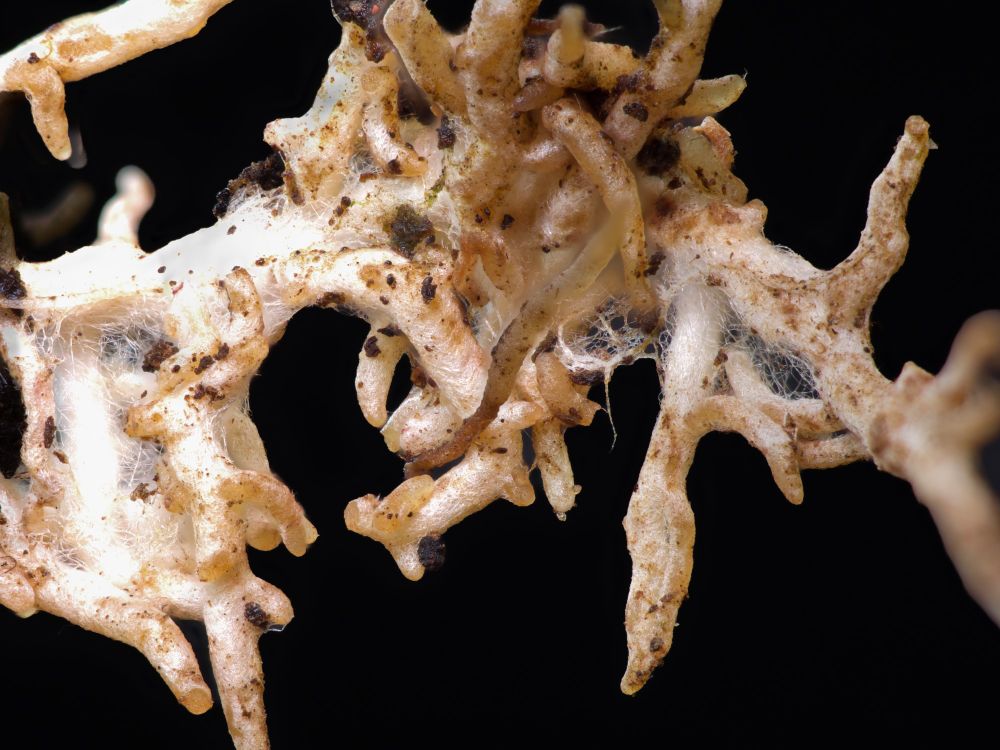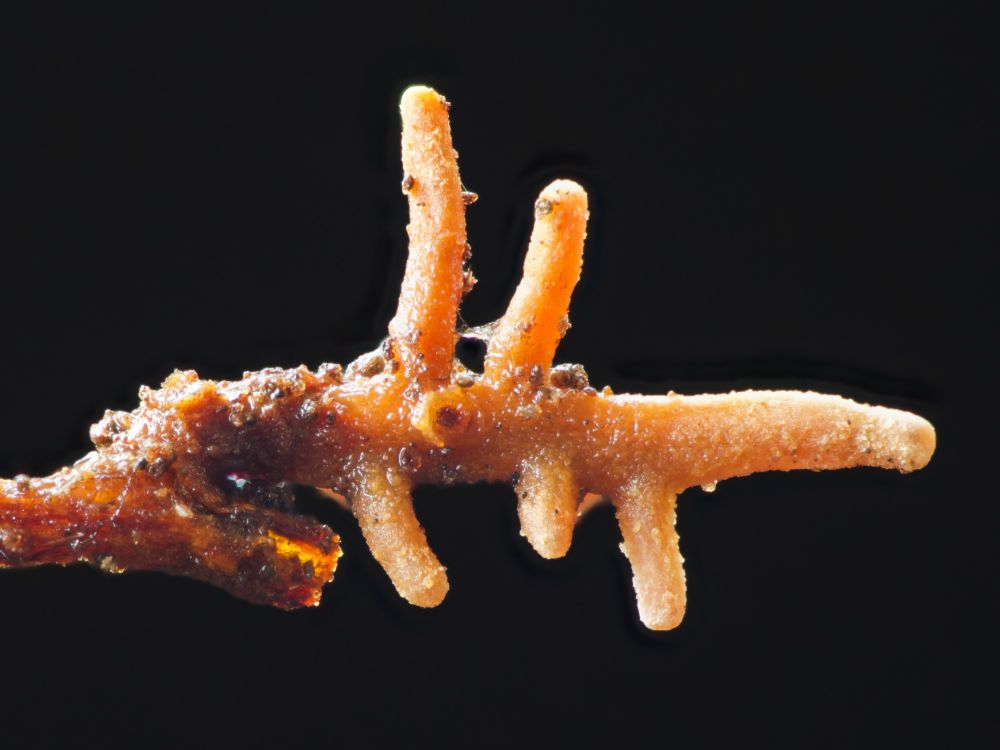www.rewildingmag.com/why-rewilder...

www.rewildingmag.com/why-rewilder...
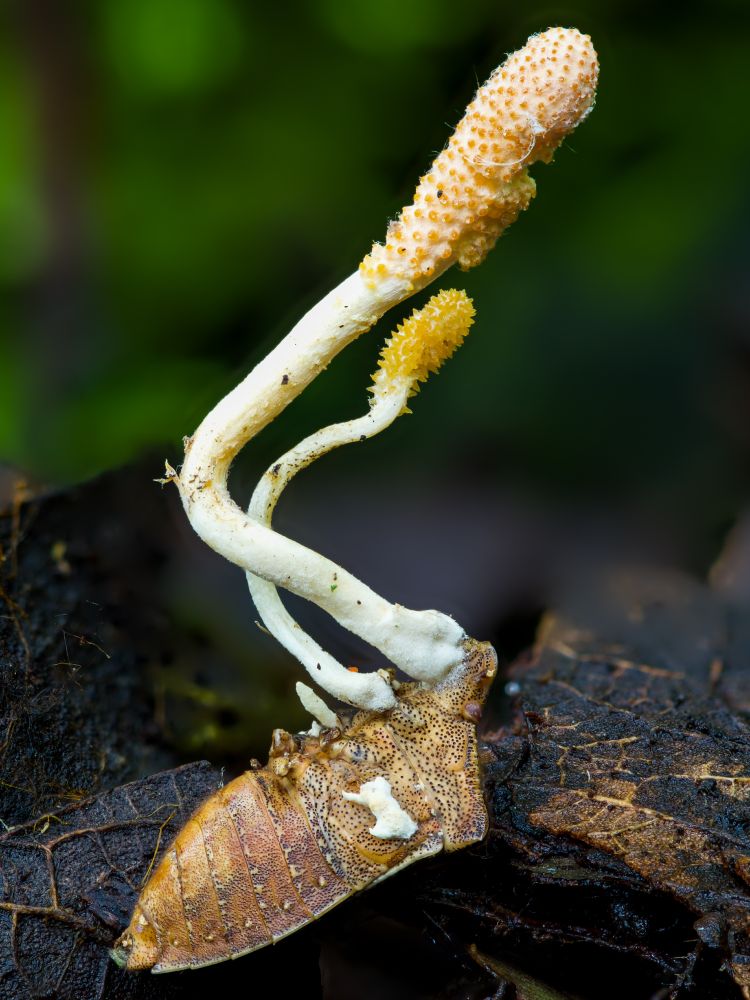
timomendez.substack.com/p/photograph...

timomendez.substack.com/p/photograph...
daily.jstor.org/the-fungi-in...

daily.jstor.org/the-fungi-in...
nph.onlinelibrary.wiley.com/doi/full/10....

nph.onlinelibrary.wiley.com/doi/full/10....
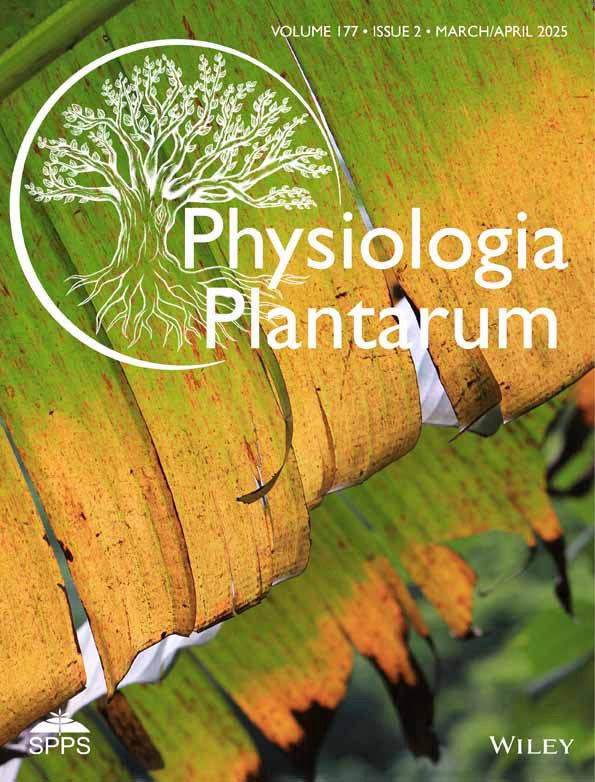
imafungus.pensoft.net/article/1432...

imafungus.pensoft.net/article/1432...
The work, led by scientists from Vrije Universiteit, Princeton University, SPUN & AMOLF combines robotics, mycology & biophysics to reveal underground supply-chain dynamics.
Open access:
www.nature.com/articles/s41...
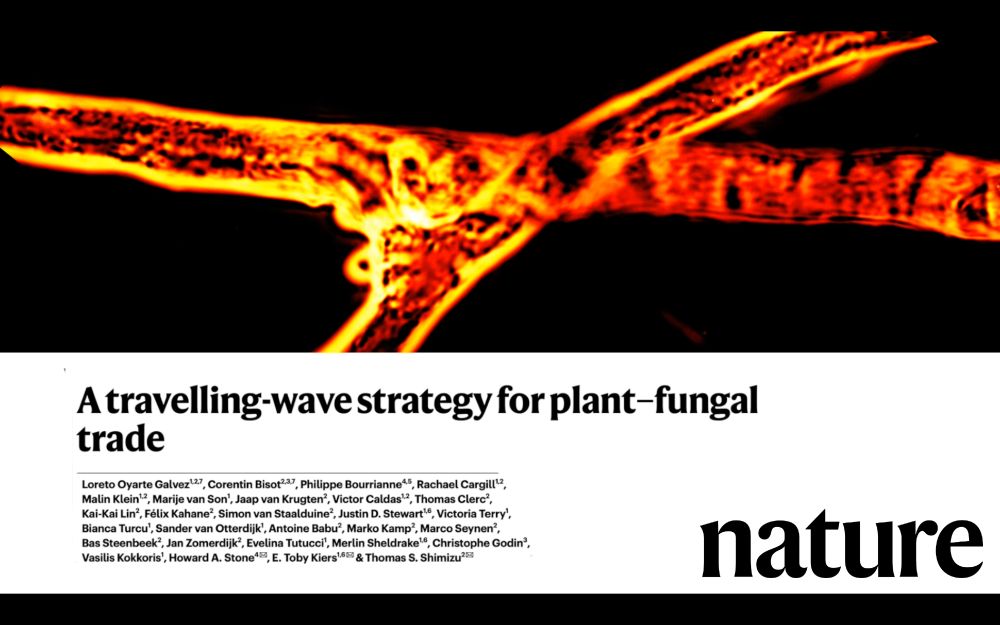
link.springer.com/article/10.1...

link.springer.com/article/10.1...
Read it ⬇️
tinyurl.com/ABFrank
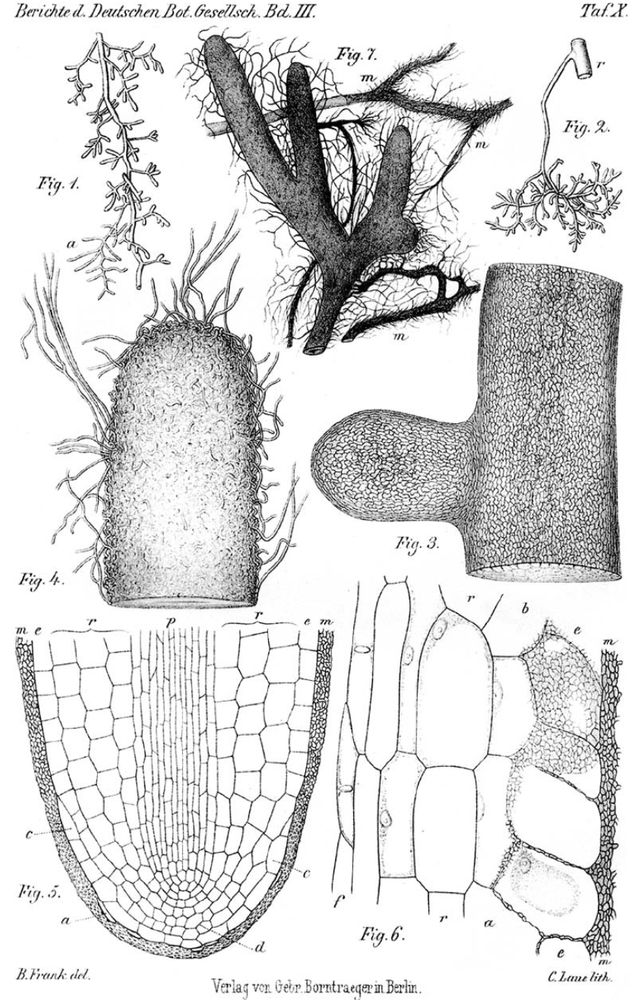
Read it ⬇️
tinyurl.com/ABFrank


www.sciencedirect.com/science/arti...


www.sciencedirect.com/science/arti...

tinyurl.com/4xzhajus

tinyurl.com/4xzhajus
www.tandfonline.com/eprint/ZRWHX...

Read our new theory paper out today in @pnas.org w/ @stuwest.bsky.social @tomwscott.bsky.social
www.pnas.org/doi/10.1073/...
(photo T. Munita)

tinyurl.com/yeznr8ez

tinyurl.com/yeznr8ez



